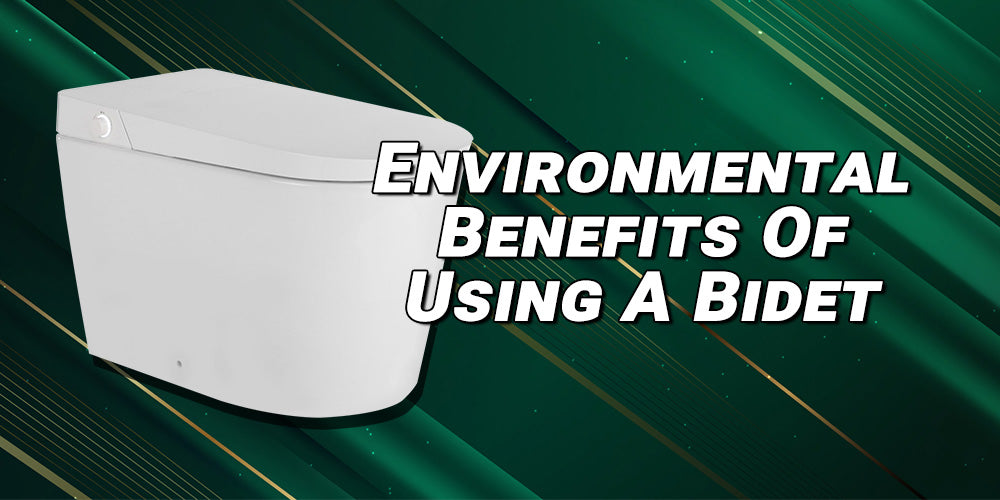As concerns for the environment continue to rise, consumers are making more conscious decisions about the products they use daily. The bidet, a device used for cleaning oneself after using the restroom, has gained attention as a sustainable alternative to traditional toilet paper. Not only does the bidet offer a higher level of hygiene, but it also provides several substantial environmental benefits worth examining.
1. Decreasing Deforestation
The production of toilet paper requires a significant number of trees. According to the Natural Resources Defense Council, an average American uses 141 rolls of toilet paper each year, leading to the cutting down of around 15 million trees. By adopting the bidet as an alternative, we can significantly decrease the demand for toilet paper and ultimately lessen the toll on our forests. Saving trees, in turn, preserves habitats for countless species and maintains the Earth's biodiversity.
2. Conserving Water
At first glance, it may seem contradictory to argue that bidets save water. After all, they do require water to function. However, when you look at the entire production process of toilet paper, you realize the substantial water footprint it carries. For every roll of toilet paper produced, about 37 gallons of water are needed. Conversely, a standard bidet uses only approximately one-eighth of a gallon of water per use. When compared, it becomes clear that bidets conserve water on a larger scale.
At BidetKing, we have a long list of bidets that can help conserve water such as the Alpha UX Pearl, Alpha JX, Bio Bidet Discovery DLS, and the TOTO C5 Washlet, just to name a few.
3. Reducing Energy Consumption
The process of making toilet paper is energy-intensive. It involves logging, transporting the logs, pulping them into paper, and eventually distributing the final product to stores. This process not only uses up substantial energy resources but also contributes to greenhouse gas emissions. By contrast, bidets require relatively low energy for their manufacture and use, offering an effective way to reduce our carbon footprint.
Furthermore, many bidets have energy saving modes that can be turned on to reduce a bidet's energy consumption, thus reducing our collective energy consumption even further.
4. Limiting Waste and Pollution
Toilet paper production doesn't only impact forests and water resources; it also generates significant waste. From the disposal of used toilet paper to the packaging waste, the environmental burden is considerable. Not to mention, the chemicals used in the bleaching and pulping process often end up in our waterways, contributing to water pollution.
Bidets, on the other hand, produce less waste. After installation, a bidet can last for years without needing replacement, thus eliminating the ongoing waste of toilet paper rolls and packaging. Furthermore, they create no chemical pollution, making them a cleaner choice for our planet.
5. Reducing Landfill Space
Each year, millions of tons of used toilet paper end up in landfills, occupying valuable space. This waste does not decompose quickly and can contribute to methane emissions, a potent greenhouse gas. By adopting the bidet, we can drastically reduce the volume of waste heading to landfills, helping to mitigate climate change and preserve our natural landscapes.
Even so called ‘flushable wet wipes’ contribute to environmental pollution as most do not fully dissolve in water as they claim to.
In conclusion, the humble bidet offers substantial environmental benefits that align with a sustainable lifestyle. It reduces deforestation, conserves water, decreases energy consumption, limits waste and pollution, and lessens the burden on our landfills. While it may take some getting used to for those unfamiliar with this device, the environmental benefits of bidets present a compelling argument for making the switch. By embracing the bidet, we can make a significant contribution to the health of our planet, one bathroom visit at a time.









